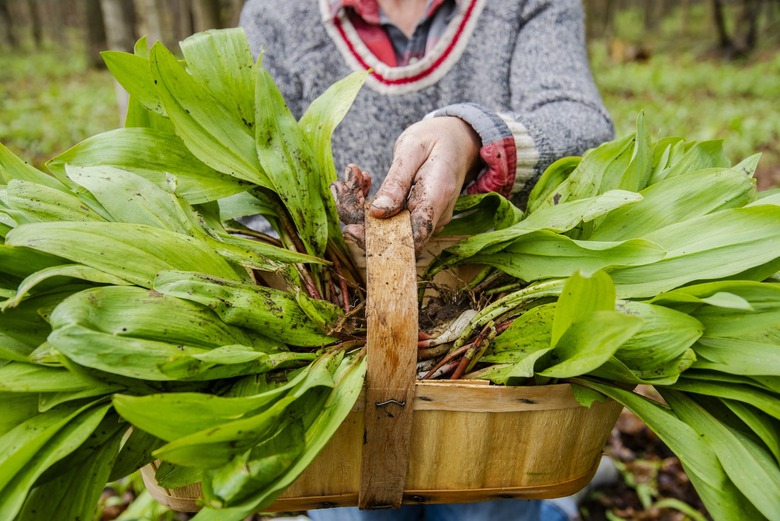The History Of Ramps — And Why They're Becoming Scarce
Did you think that ramps were just a way to bypass stairs and not actually a delicious spring vegetable? Then you may be the last person to jump aboard the ramps train. The recent rise of the ramp has given birth to new recipes, new festivals, and new flocks to farmers markets. And the start of it all? Martha Stewart.
What's in Season in Spring: Asparagus, Spinach, Peas and More
Smithsonian uncovered the real reason behind the ramps' popularity; it was the domestic goddess' first use of ramps in recipes in Martha Stewart Living that caused the surge. Now, they're so popular that they're being poached from national parks.
For example, the Great Smoky Mountains National Park used to let foragers collect half a peck for personal use, but the National Park Service had to ban the practice in 2004. Said Janet Rock, a botanist with the National Park Service, to Smithsonian, "Rangers were seeing people take a lot out of the park — more than a peck a day for personal consumption." Now, foragers are going into national parks and private properties to poach the veggie. when ramps can sell for more than $20 per pound, it's no wonder.
And ramps are in danger of becoming endangered. According to one expert food forager, Marcy Adzich, one reason is that ramps take up to 15 years to grow. Selective harvesting can have a large impact on supply for ramps, especially when professional pickers sell in bulk. So appreciate that last bit of ramps in your salad or ramps cocktail — they may not always be around.
